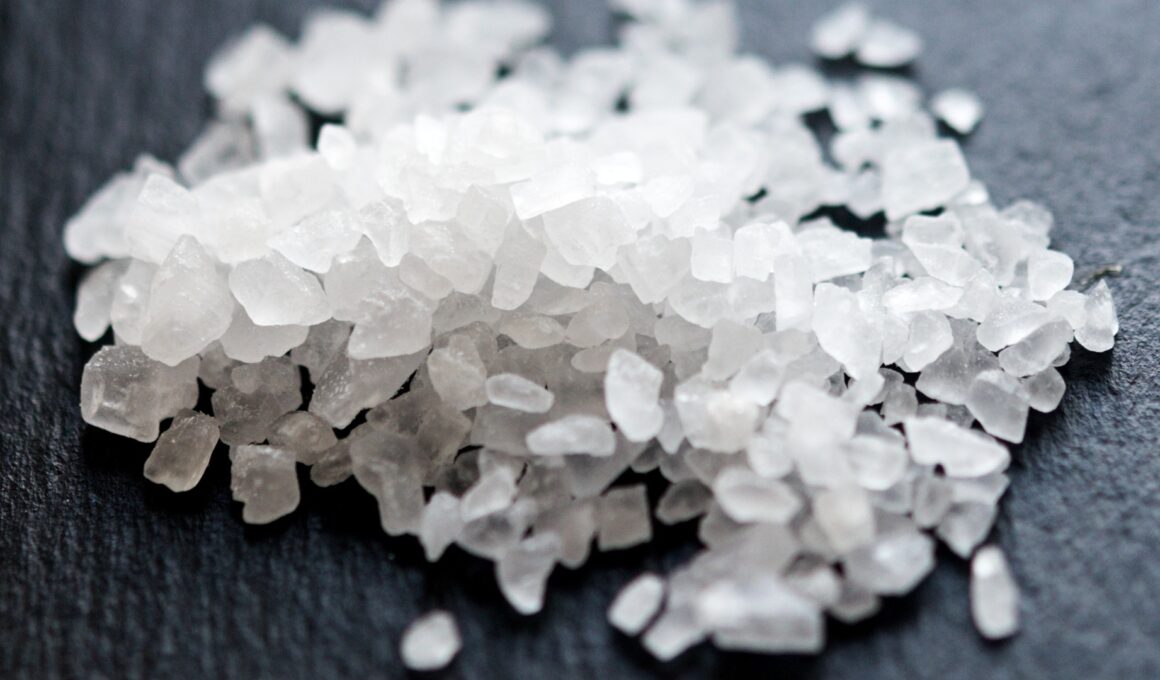Selenium is a trace metal found in the diet that can have many positive effects on our health. It is an active component of glutathione peroxidase which is an enzyme responsible for the breakdown of hydroperoxides. It is thus an antioxidant that can help to prevent oxidative damage to the cells which can cause cancer and visible aging.
The anti-cancer effects of selenium are well documented and it is one of the best antioxidants available. Studies have shown that areas high in selenium are less likely to suffer deaths resulting from cancer, while other studies have shown a correlation between selenium and reduced incidence of breast cancer.
It can help against toxicity from other trace metals such as mercury, and can prevent cataracts to some degree. It also plays a role in thyroid hormone metabolism helping with fat loss, tissue building and repair and energy.
Selenium can be taken as a supplement, but is also found in the diet, particularly in garlic, onion, tuna fish, herring, bread, bran, grape juice, sea vegetables, beer, eggs, shellfish and more.
Which Selenium?
Now what’s important to note though is that not all selenium was made equal and there are slightly different variations that range in effectiveness. This was discovered in the 1980s when researcher Clement Ip discovered that the body could not distinguish some forms of selenium from methionine meaning it got incorporated into the proteins in the body. Sodium Selenite, Selenomethionine, Selenium Cysteine… all of them are different types of selenium so which is the most effective?
The kind of selenium that is most useable to the body is called ‘selenium methyl selenocysteine’ – which is found in the highest doses in garlic, leeks, onion and in broccoli.
This discovery was made interestingly by the US department of agriculture which is trying to create vegetables that are more able to draw selenium from the ground – as it comes from soil.
Also known as methylselenocysteine, this form of selenium is sometimes referred to as ‘super selenium’. This is non-toxic to the body and is not used as protein for the body. It has been shown also to help kill cancer cells by encouraging apoptosis (cell death) in those cells. That which isn’t used is excreted through the breath and urine meaning it will not build up and cause damage.
Meanwhile other types of selenium can be downright bad for you, and these include selenomethionine which is toxic at levels around 3,500 micrograms. It is also important to avoid non-organic forms of selenium such as sodium selenite.





good info
Do you have any links supporting the idea that Methylselenocysteine does not build up in the body to the point of being toxic?
Any idea how people with MTHFR handle it? I’ve read that it is a better form for them.
Anything can build up to toxic. Especially in pill form which contains fillers.